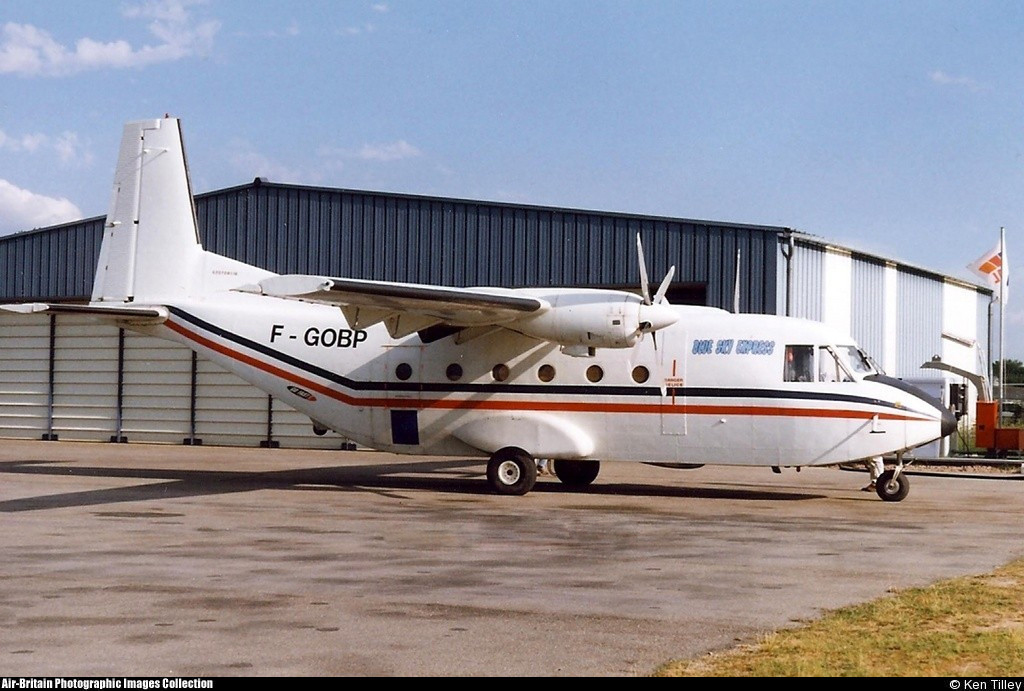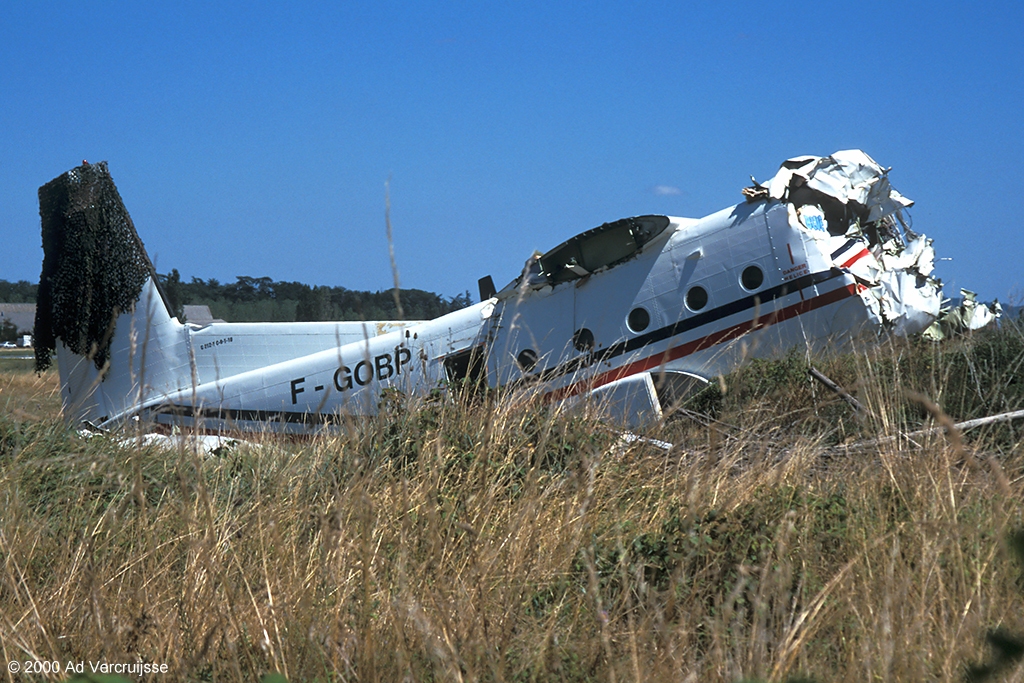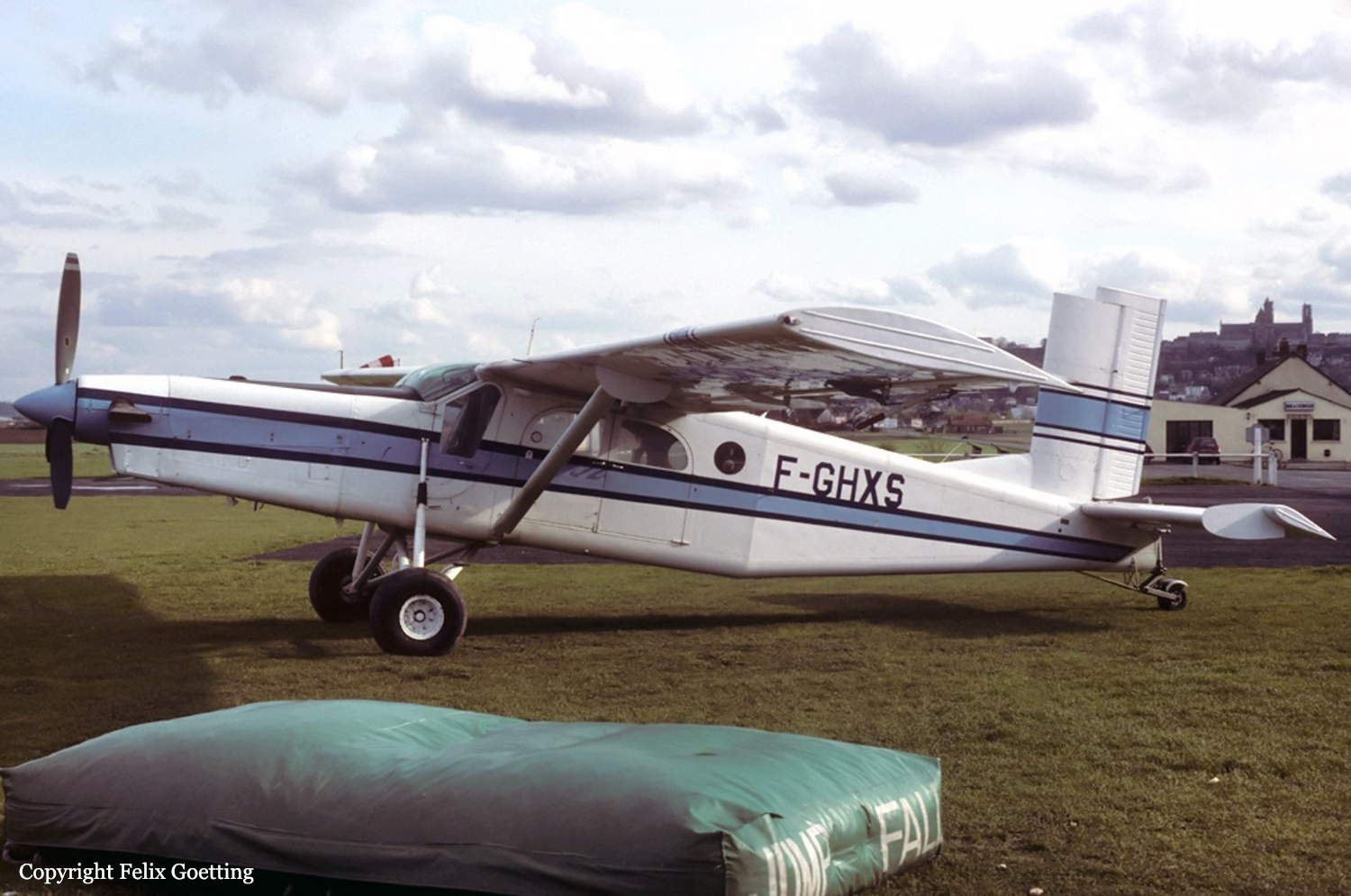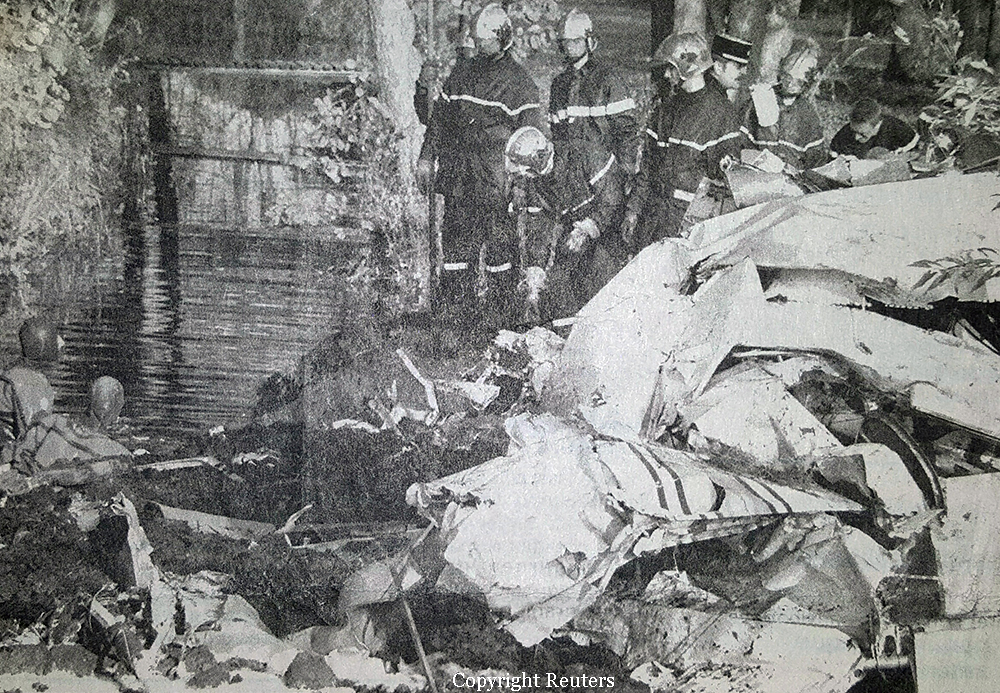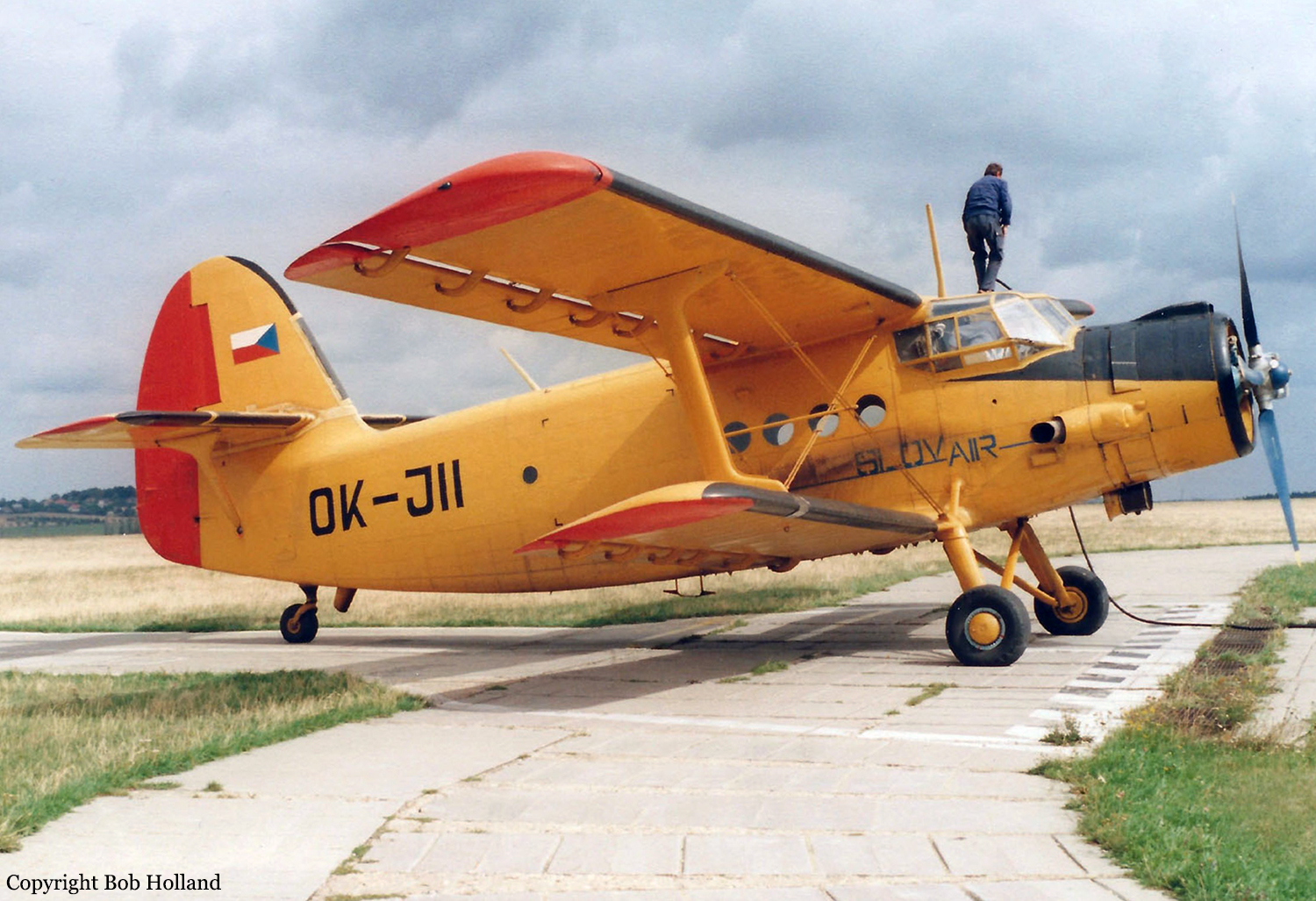Crash of a Casa 212-CB Aviocar 100 in Agen: 2 killed
Date & Time:
Jun 22, 1999
Registration:
F-GOBP
Survivors:
No
Schedule:
Agen - Agen
MSN:
10
YOM:
1975
Crew on board:
2
Crew fatalities:
Pax on board:
0
Pax fatalities:
Other fatalities:
Total fatalities:
2
Circumstances:
The aircraft was completing skydiving missions at Agen-La Garenne Airport. Four sorties were already completed that day. At the end of the afternoon, during the fifth flight, the crew reported engine problems but was able to climb to the altitude of 15,000 feet where the 16 skydivers jumped out. The crew reduced his altitude and started a circuit to return to the airport. On short final, the aircraft nosed down and struck the top of a hill located 500 metres short of runway 11. The aircraft was destroyed and both pilots were killed.
